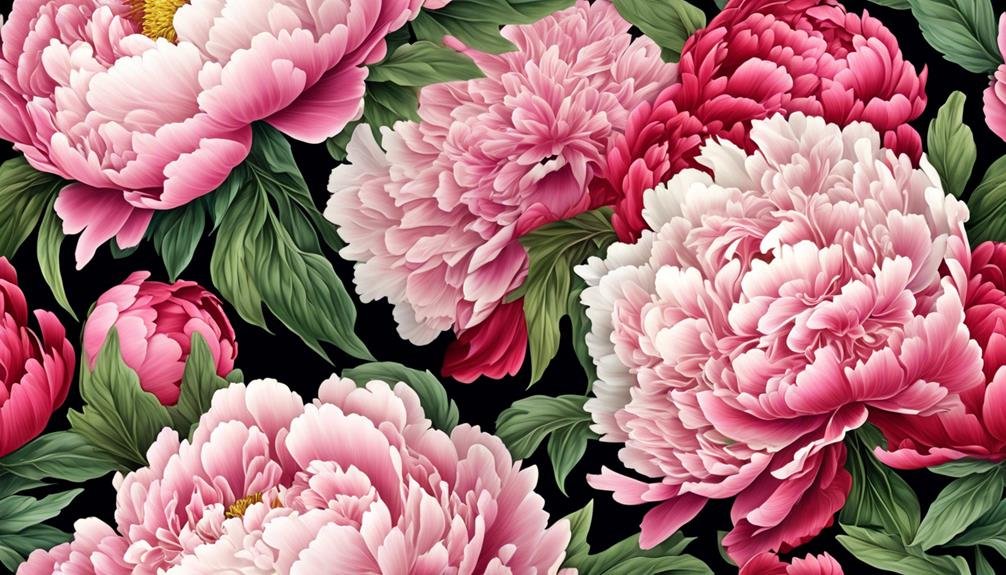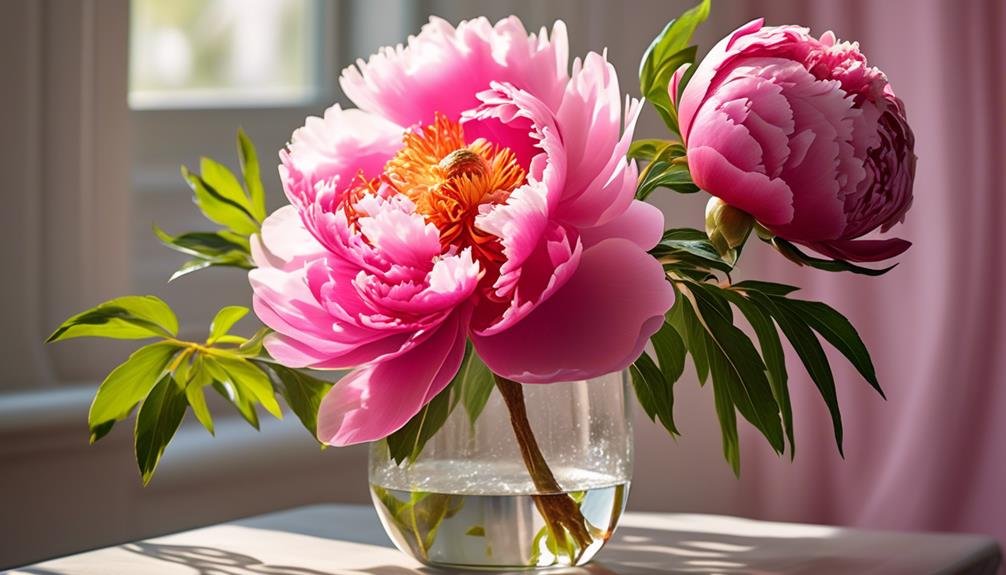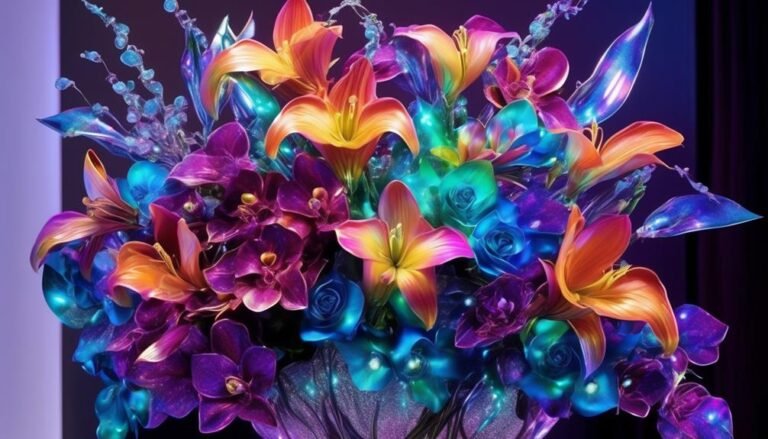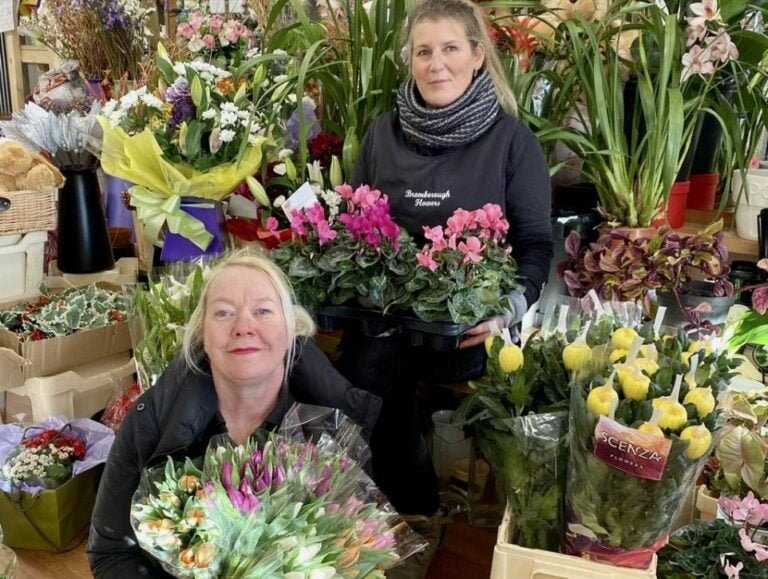Popular Types of Florist Flowers – Peony
Peonies are luxurious flowers that have a rich history and unique botanical makeup, making them a popular choice for floral arrangements. Understanding the scientific details of peonies can deepen your appreciation for their beauty and help you make informed decisions when using them in your floral designs. Let's explore the captivating world of peonies, from their scientific background to their seasonal variations.
Scientific Nomenclature:
Peonies belong to the genus Paeonia and are part of the family Paeoniaceae. They are herbaceous perennial plants known for their large, fragrant flowers and lush foliage. The genus Paeonia is divided into herbaceous and woody species, offering a wide range of options for floral enthusiasts.
Botanical Makeup:
Peonies come in a variety of colors, including shades of white, pink, and red. Their blooms can be single, semi-double, double, or Japanese, offering diverse options for floral arrangements. The flowers are composed of multiple layers of petals, creating a voluminous and opulent appearance. Peonies also have a pleasant fragrance, adding to their allure as a popular choice for bouquets and centerpieces.
Seasonal Nuances:
Peonies are typically available from late spring to early summer, making them a sought-after flower for weddings and special events during this time. However, with advancements in cultivation and storage techniques, peonies are now available year-round, allowing florists to incorporate them into their designs regardless of the season.
Incorporating Peonies into Floral Arrangements:
Peonies are versatile flowers that can be used in various floral arrangements, including bridal bouquets, table centerpieces, and decorative wreaths. Their lush blooms and captivating fragrance make them a standout choice for adding elegance and charm to any setting. Whether used on their own or combined with other blooms, peonies are sure to make a statement in any floral creation.
As you explore the world of peonies, remember to appreciate the intricate details of these exquisite flowers and the timeless beauty they bring to any floral arrangement.
Scientific Name
The peony, a popular florist flower, belongs to the Paeoniaceae family and its scientific name is Paeonia. There are approximately 30 recognized species within the genus. The name 'Paeonia' is derived from the ancient Greek physician Paeon, a student of Asclepius, the Greek god of medicine and healing. Paeon used the peony plant to heal a wound inflicted by Hercules, which likely contributed to the naming of the plant after him.
The ancient Greeks believed in the medicinal properties of the peony and used it in various remedies. This association with healing likely influenced the plant's naming after Paeon. The peony's scientific name, Paeonia, pays homage to the ancient Greek influence on botanical nomenclature.
The influence of ancient Greek culture on the naming of the peony reflects the rich history and cultural significance of this beloved flower. Understanding the background history and the ancient Greek influence on the scientific name of the peony adds an intriguing layer to the appreciation of this popular florist flower.
The legacy of its name not only connects it to ancient traditions but also emphasizes its historical importance in the world of botany.
Background History
Peonies have a rich cultural significance, particularly in Chinese history, where they've been cultivated for over 4,000 years. These beautiful flowers are symbols of romance, prosperity, good fortune, and are popular as wedding flowers representing a happy marriage and good luck.
In traditional Chinese medicine, peonies are valued for their anti-inflammatory and analgesic properties. They're used to treat various conditions such as convulsions, asthma, and gynecological disorders. Peonies are also known for their calming and detoxifying effects, and are utilized in skincare for their moisturizing and soothing properties.
The historical significance and enduring presence of peonies in cultural practices and traditional medicine have contributed to their enduring popularity as cherished florist flowers.
Physical Description

Peonies are stunning flowers known for their wide array of colors and impressive height potential of up to 5 feet. Their large, full blooms make them ideal for creating stunning centerpieces and working well in large bouquets. Peonies have a short blooming period, making them elusive and highly desired due to their limited availability.
When growing peonies, gently squeeze their flower heads to check for readiness to bloom. Soft heads indicate they're close to blooming, while firm heads need more time to open up. This adds an element of anticipation and delight to the experience of growing peonies. Additionally, peonies have a magical transformation as their big blooms open up, offering a captivating spectacle for any floral enthusiast.
In floral arrangements, peonies bring a touch of elegance and charm. Their large, showy blooms serve as a focal point, adding a sense of opulence to any arrangement. Their shorter vase life of around five days is a small trade-off for the beauty they bring.
When using peonies in floral arrangements, it's best to feature them in a prominent position, allowing their exquisite blossoms to take center stage and capture attention. Whether used alone or mixed with other flowers, peonies infuse a sense of grace and sophistication into any floral composition.
Colours and Characteristics
Peonies: Colors and Characteristics
Peonies come in a wide range of colors, from delicate coral and pale pink to creamy ivory and vibrant shades like brick red and apple blossom. Their big, lush, and fragrant blooms make them perfect for centerpieces and large bouquets, adding elegance and charm to any floral arrangement. Some peony varieties have unique characteristics, such as the seamless integration of the coral sunset into any color scheme and the slightly wild and untidy appearance with a deep crimson center found in the alertie variety.
Symbolism and Significance
Peonies symbolize romance, prosperity, and good fortune, making them suitable for various occasions. They're particularly popular for weddings, symbolizing a happy and loving marriage. Due to their symbolic meanings and aesthetic appeal, peonies are highly sought after for special events and celebrations.
Peony Arrangement Ideas
When considering peony arrangement ideas, it's important to take into account their limited availability and short blooming period. However, their magical transformation as their big blooms open up makes them highly desired despite these limitations. Whether used on their own or combined with other flowers, peonies bring a sense of beauty and grace to any floral design, making them a cherished choice for florists and flower enthusiasts alike.
Varieties Available

Peonies come in a wide range of colors and characteristics, making them a popular choice for weddings and events.
Varieties like Peony Coral Charm, known for its stunning coral tones, and Peony Sarah Bernhardt, with its popular pink shades, offer diverse options.
For those looking for darker colors, peonies like Monsieur Jules Elie and Red Charm are charming choices.
Bicolored and double flowering varieties such as Angel Cheeks and Bowl of Cream provide unique options for floral arrangements.
These bicolored peonies are sought after for their distinctive appearance, ideal for adding uniqueness to weddings and events.
Peonies like Festiva Maxima and Madam Claude Tain offer beautiful blush and fuller white options, perfect for creating romantic settings.
The Peony Etched Salmon variety adds an artistic touch with its watercolor-like bloom, suitable for creative and distinctive floral displays at various events.
With such a diverse range of peony varieties available, there's a perfect option for every taste and occasion.
Seasonal Availability
Peonies are only available from late April to June due to their specific environmental requirements and natural growth cycle. They thrive in cooler climates, and their blooming period aligns with the spring and early summer months. To extend their vase life, it's essential to receive them in bud form from florists. Once you have the peonies, there are some tips to enhance their vase life. Gently squeeze the flower heads to check their readiness for blooming. Place the peony heads in warm water and position them in a warm, sunny room to expedite the blooming process.
When arranging peonies in a bouquet, consider using a goldfish-bowl type of vase to accentuate their full, rounded shape. To create a stunning arrangement, pair peonies with other flowers like roses, delphiniums, lilacs, or fragrant stocks. This combination won't only complement the peonies but also create a visually appealing and aromatic bouquet.
Peonies' short vase life and seasonal availability make them a fleeting yet highly sought-after floral treasure, cherished during their limited time of splendor.
Care Tips

Peonies are stunning flowers that require proper care to thrive. Here are essential care tips to help you maintain the freshness and vitality of your peonies:
- Watering: Water deeply once a week, especially during dry periods, to keep the soil consistently moist. Avoid overwatering to prevent root rot.
- Sunlight: Provide at least six hours of direct sunlight daily for optimal growth. In hotter climates, afternoon shade can help protect the flowers from wilting.
- Soil: Plant peonies in fertile, well-draining soil with a slightly acidic to neutral pH. Incorporating organic matter can enhance fertility and moisture retention.
- Support: Use individual stem supports or discreet stakes to prevent the large blooms from drooping as they develop.
- Pruning: Regularly deadhead spent blooms and prune damaged foliage to promote continuous blooming and overall plant health.
Are Poinsettias and Peonies Similar in Care and Maintenance as Florist Flowers?
Poinsettias and peonies require different care despite both being popular poinsettia florist flowers. Poinsettias need bright, indirect light and consistent watering, while peonies prefer full sun and well-draining soil. Both plants require proper maintenance, but their care routines differ significantly.
Conclusion
Peonies are a popular choice for florist flowers due to their stunning appearance and vibrant colors. Their large, delicate petals bring an air of elegance and beauty to any floral arrangement.
They're versatile and practical, with easy care and seasonal availability, making them a great option for any occasion. Whether used alone or combined with other blooms, peonies captivate with their timeless charm and graceful presence.






